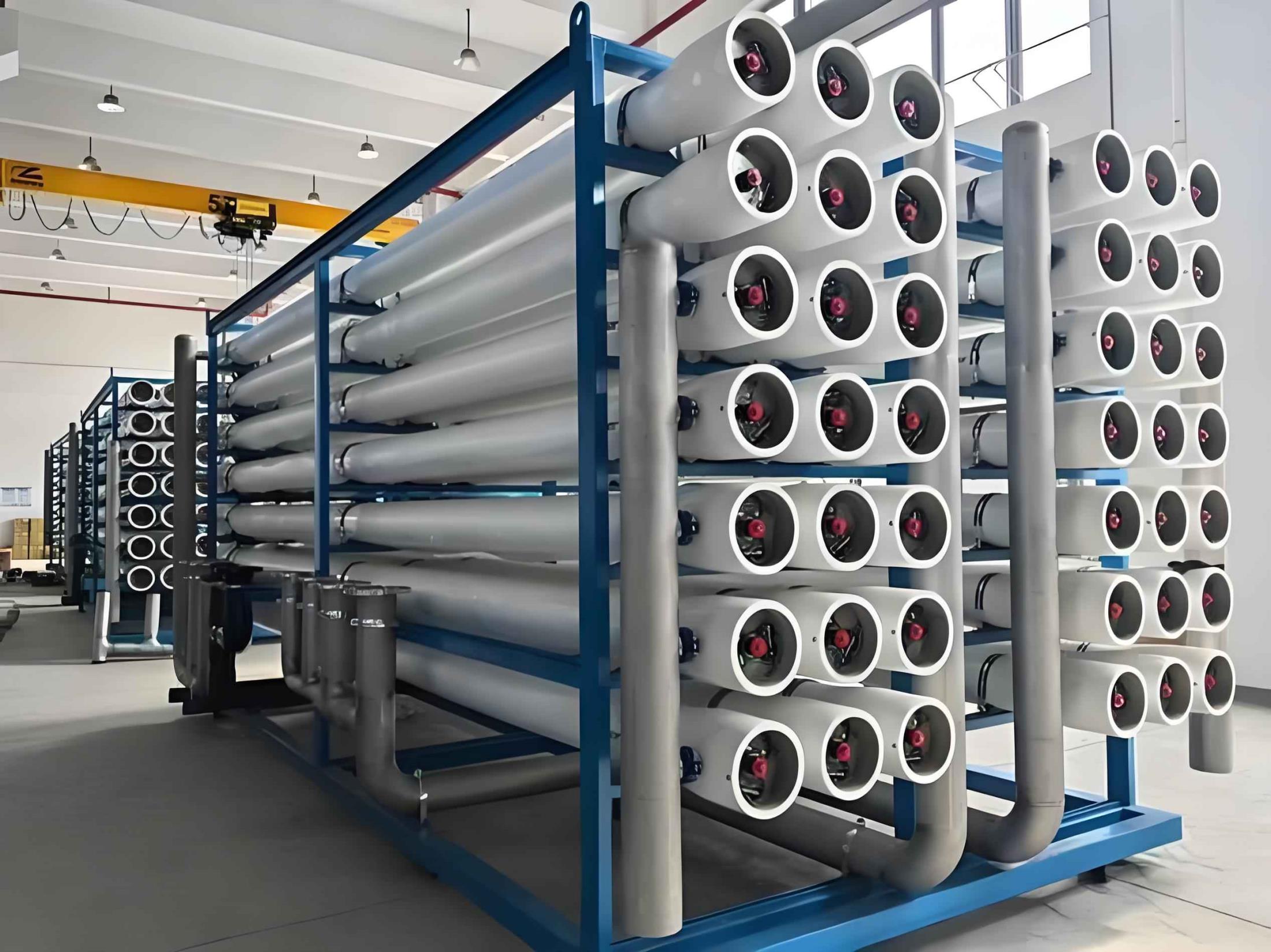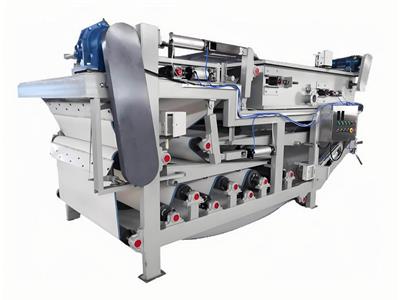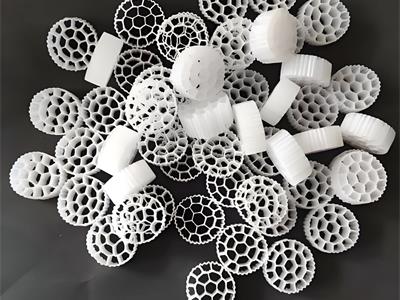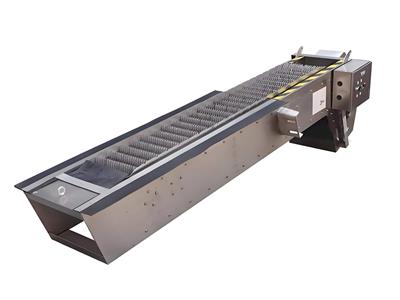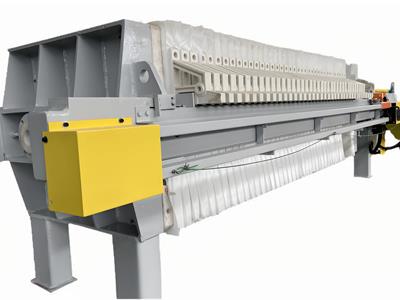- 2025-07-22
The difference between water softener and nanofiltration
Essential technical differences
Core functions of softening water system
Selectively remove calcium and magnesium ions (Ca²⁺/Mg²⁺) through ion exchange resin, with a hardness removal rate of over 99%, but it cannot intercept pollutants such as heavy metals, chlorinated organic matter and microorganisms. The regeneration process involves brine flushing, and the sodium ion concentration of the effluent increases by 30-80mg/L, exceeding the recommended limit for drinking water (≤50mg/L).
Nanofiltration technology features
Operating at a pressure of 0.5-0.7MPa, through nano-scale membrane pores (1-2nm):
Divalent ion removal rate of more than 95% (such as SO₄²⁻/Ca²⁺)
Organic pollutant retention rate of 85% (200-1000 molecular weight substances)
Retain 30%-50% beneficial minerals
Technology selection decision basis
Preferentially choose softened water solution
Raw water hardness> 300mg/L and TDS < 500mg/L
Main demand is equipment anti-scaling protection (such as boiler feed water)
Comply with compliant brine discharge conditions
Recommended nanofiltration solution
Raw water contains heavy metals (Pb/Cd> 0.01mg/L) or pesticide residues
Drinking water grade water is required (in accordance with GB 5749 standard)
Restricted drainage area (brine output is only 1/3 of the softening process)
Operation cost comparison
Softened water system
Salt consumption: 1.1-1.8kg/m³ (depending on hardness)
Resin replacement cycle: 3-5 years (affected by oxidizing substances)
Brine discharge: 4-7% of treated water volume
Nanofiltration system
Energy consumption: 0.5-0.7kWh/m³ (including pretreatment)
Membrane life: 5-8 years (under SDI₅<5 conditions)
Chemical cleaning frequency: 4-6 times/year
Engineering application example
Process water improvement of a beverage factory Project
Original problem: Hardness exceeds the standard (280mg/L) accompanied by pesticide residue (0.08mg/L)
Solution selection: Use nanofiltration system (80m³/h)
Implementation effect:
Hardness reduced to 12mg/L
Pesticide residue not detected (<0.001mg/L)
The cost per ton of water is 34% lower than the softening process
Thermal power plant circulating water replenishment project
Original problem: Scaling causes thermal efficiency to drop by 18%
Solution selection: Two-stage softening + reverse osmosis (concentrated water recovery)
Implementation effect:
Hardness <5mg/L
Reduced boiler cleaning times by 3 times per year

